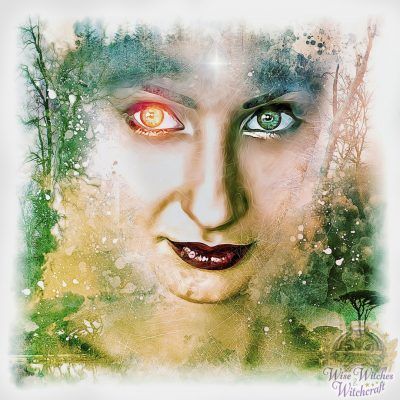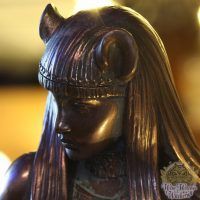Goddess Gardens A-Z: Astarte – Celestial Garden

“Ideals are like stars: you will not succeed in touching them with your hands, but like the seafaring man on the ocean desert of waters, you choose them as your guides, and following them, you reach your destiny.”
– Carl Schurz
A Celestial Magic Garden for Astarte
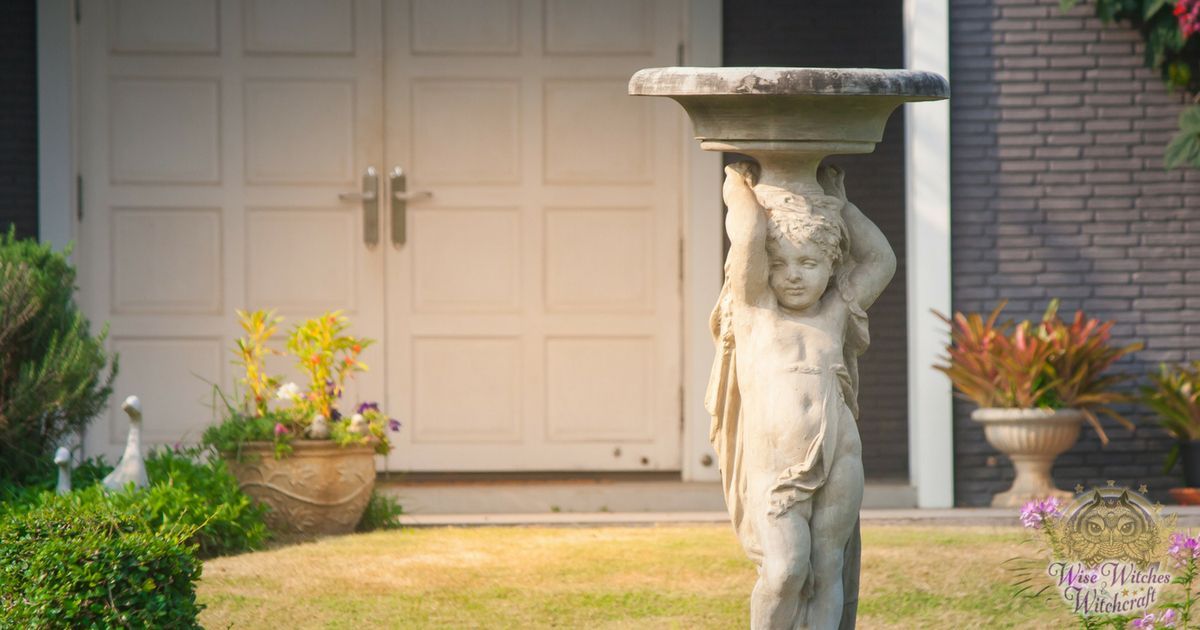
Astarte appears in the near East as the Queen of Heaven, Goddess of the moon and night, and Goddess of the evening star. She also embodies our passions. Astarte’s myths tell of her descending from heaven to find her lost love. Much to human and animal distress, however, this absence caused a temporary halt of all reproductive activity on Earth (likely alluding to another seasonal myth).
Astarte appears in Babylon as Ishtar, and in the Old Testament, her name is Ashtoreth. In these settings, she presided over love and fertility. When she moved into Egypt, she became a protectress who bore a spear or arrow. She safeguards sailors and oversees equity in legal matters.
Interestingly, many historians believe many of Astarte’s priests and priestesses were trained in the art of astrology, perhaps worshiping her in stellar form. Today we look to Astarte to reconnect us to the stars, our wishes and our heritage as inhabitants of a vast universe.
Astarte’s magickal attributes include warrior energy, productivity, fecundity, justice, passion or sexuality, and success.
Magick Plants Sacred to Astarte
If acacia or lotus grows in your climate, these are her favored plants. Alternatively, look to plants that have a star-like appearance (aster, star jasmine, and stapelia come to mind).
Patterns for Astarte’s Magic Garden
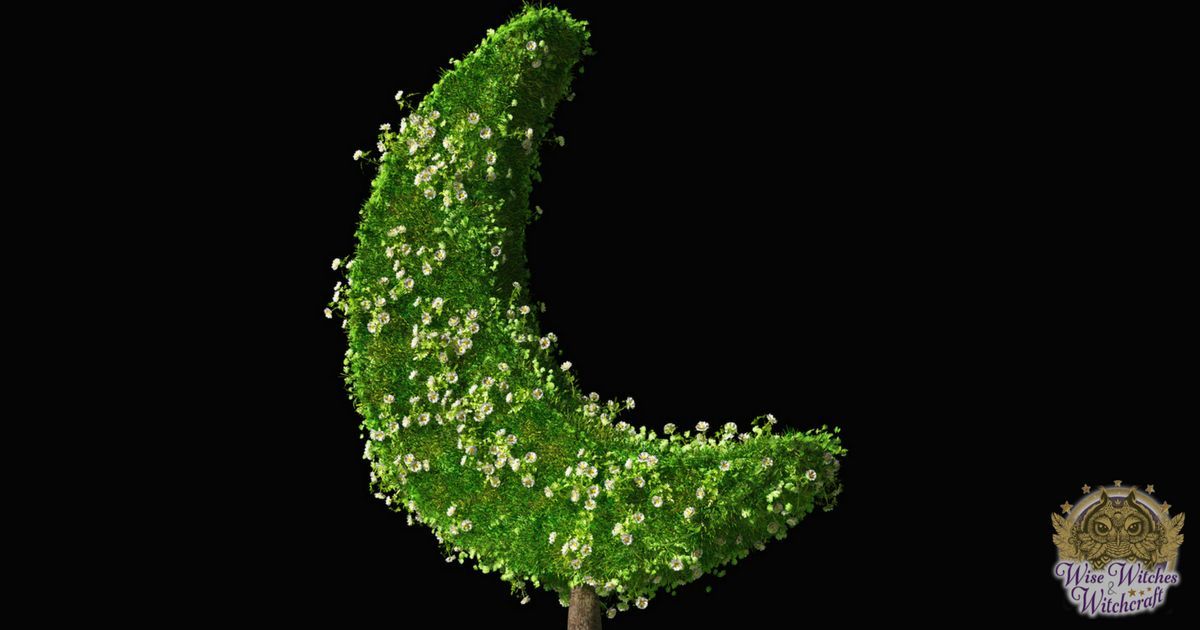
One pattern used to honor Astarte is that of a crescent moon, which isn’t too difficult to make with small areas of land. We’ve also seen crescent-shaped containers for sale at garden shops. Two alternatives exist. The first would be designing a star-shaped garden (perhaps using the number of points that you consider “lucky”) or designing a garden that’s patterned after a propitious astrological figure.
Stones, Minerals, Crystals, Shells, and Magic Correspondences
Agate was favored in Syria as a protective stone, so there’s no reason not to include a few in your garden for that purpose. Because Astarte is a lunar goddess, look to moonstone as an alternative. Additionally, the moon rules the sea, so add some seashells. They make good fertilizer if they’re ground up.
Color Magick and Gardening
Red and white are sacred to this Astarte (the alternative to white is silver, which could come through decorative touches, fencing, etc.).
Decoratives for Empowering Garden Magic
Statues of horses, doves, or lions, all represent her sacred animals. She is also often shown with a mirror so reflective items (such as a silvery reflection ball) would be suited to Astarte’s garden.
Choosing a Direction for Your Garden
Magickally, the moon resides in the West with the Element of Water. In Feng Shui, many of Astarte’s attributes reside in the South (along with the color red), but her color of white/silver is in the West. So perhaps consider a corner garden in the Southwest that’s split along the axis with red and white flowers.
Magical Adaptations
Watch to see which window in your home gets moonlight the most often, or where you can see the most stars. Locate your window planters there.
After-Harvest Applications: Getting More Out of Gardening
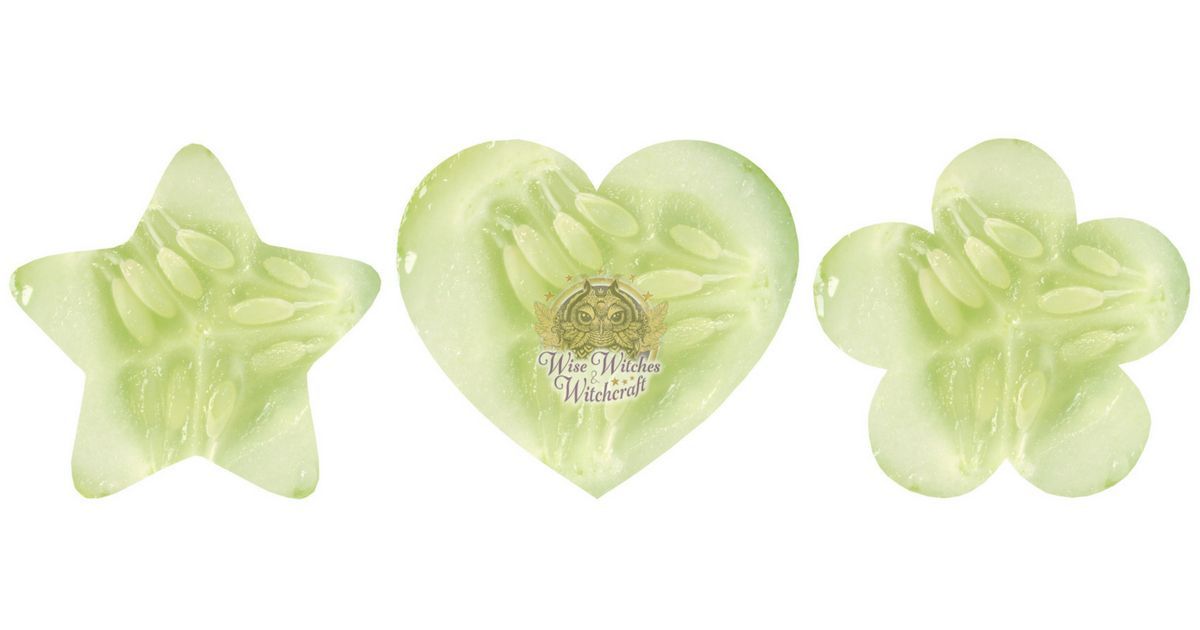
When you peel cucumbers leave thin lines of green skin on them (equal distances apart). When cut, the slices resemble a pentagram. Mix these with a vinaigrette dressing and fresh dill for a passion-inspiring snack.
Dry and burn the aromatics from your garden when you’re learning to read astrological charts, or when you want more insights into your birth sign and its influence on your life. Carry acacia or lotus with you when entering a legal situation to invoke Astarte’s assistance.
Adapted from “Gardening with the Goddess,” by Patricia Telesco. All rights reserved.

